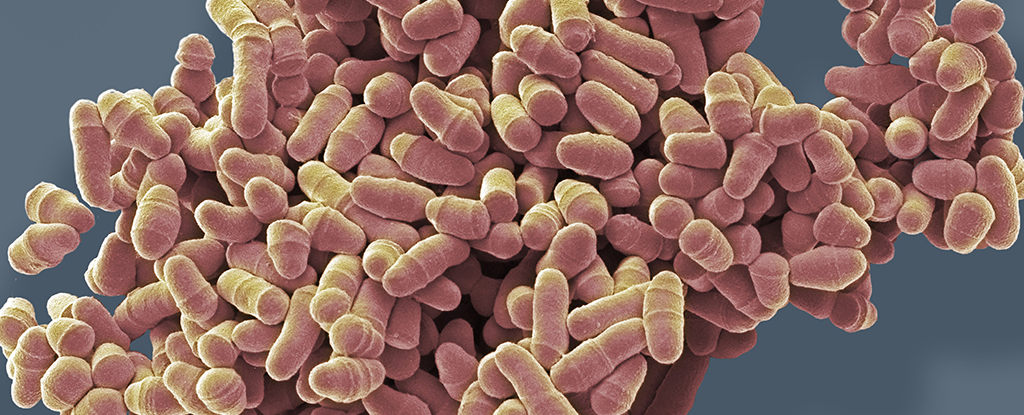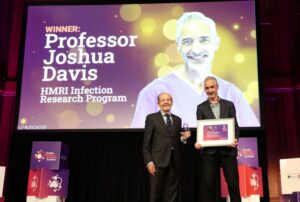
In a significant breakthrough in the field of longevity research, scientists at Queen Mary University of London have developed a new drug, Rapalink-1, which has shown promising results in extending the lifespan of cells. This discovery, rooted in experiments conducted on fission yeast, builds upon the known effects of rapamycin, an existing immunosuppressant known to prolong cell life in various organisms.
The research team found that Rapalink-1 extended the lifespan of yeast cells to a similar degree as rapamycin. More importantly, molecular analysis revealed that the drug increased the production of enzymes responsible for converting agmatine, a compound produced by gut bacteria, into a variety of other chemicals. This conversion process appears to have a beneficial impact on genes associated with aging.
Understanding the Role of Agmatine
Agmatine has been the subject of previous studies suggesting its potential to extend the lifespan of its host organisms. The latest findings indicate that the conversion of agmatine by enzymes indirectly influences aging-related genes, contributing to the effectiveness of Rapalink-1. This discovery provides a clearer understanding of how yeast cells, and potentially human cells, can be made to live longer.
Cellular biologist Charalampos Rallis emphasized the importance of this discovery, stating,
“By showing that agmatinases are essential for healthy aging, we’ve uncovered a new layer of metabolic control over TOR – one that may be conserved in humans. Because agmatine is produced by diet and gut microbes, this work may help explain how nutrition and the microbiome influence aging.”
The TOR Pathway: A Key to Longevity
Both Rapalink-1 and rapamycin function through the Target of Rapamycin (TOR) pathway, a biological mechanism known for its role in cell aging and disease. Initially established in yeast, roundworms, flies, and mice, this pathway has a similar counterpart in humans. The study highlighted that Rapalink-1 specifically targets TORC1, a component of the TOR pathway responsible for cell growth. By inhibiting TORC1, Rapalink-1 slows cell growth, thereby extending cell lifespan.
The researchers noted in their paper,
“Understanding how TORC1 activity is tuned may be beneficial in both normal aging and also pathological states as well as in cancer where TOR plays important roles.”
Potential Implications and Future Directions
While the prospect of a miracle longevity drug remains distant, these findings offer valuable insights into the complex process of aging. As our bodies age, they become more susceptible to diseases such as Alzheimer’s and arthritis. Drugs like Rapalink-1 could potentially delay the onset of these conditions, offering a longer, healthier life.
Currently, Rapalink-1 is being trialed for its potential in fighting cancer tumors and improving transplant outcomes. However, researchers caution that this work is still in its early stages. Agmatine supplements, often marketed for their health benefits, should be approached with caution.
Rallis advises,
“We should be cautious about consuming agmatine for growth or longevity purposes. Our data indicates that agmatine supplementation can be beneficial for growth only when certain metabolic pathways related to arginine breakdown are intact. In addition, agmatine does not always promote beneficial effects as it can contribute to certain pathologies.”
As research continues, the scientific community remains hopeful that these discoveries will pave the way for new treatments that can extend healthy lifespan and combat age-related diseases. The journey to understanding and manipulating the aging process is ongoing, with each new finding bringing us closer to unlocking the secrets of longevity.




